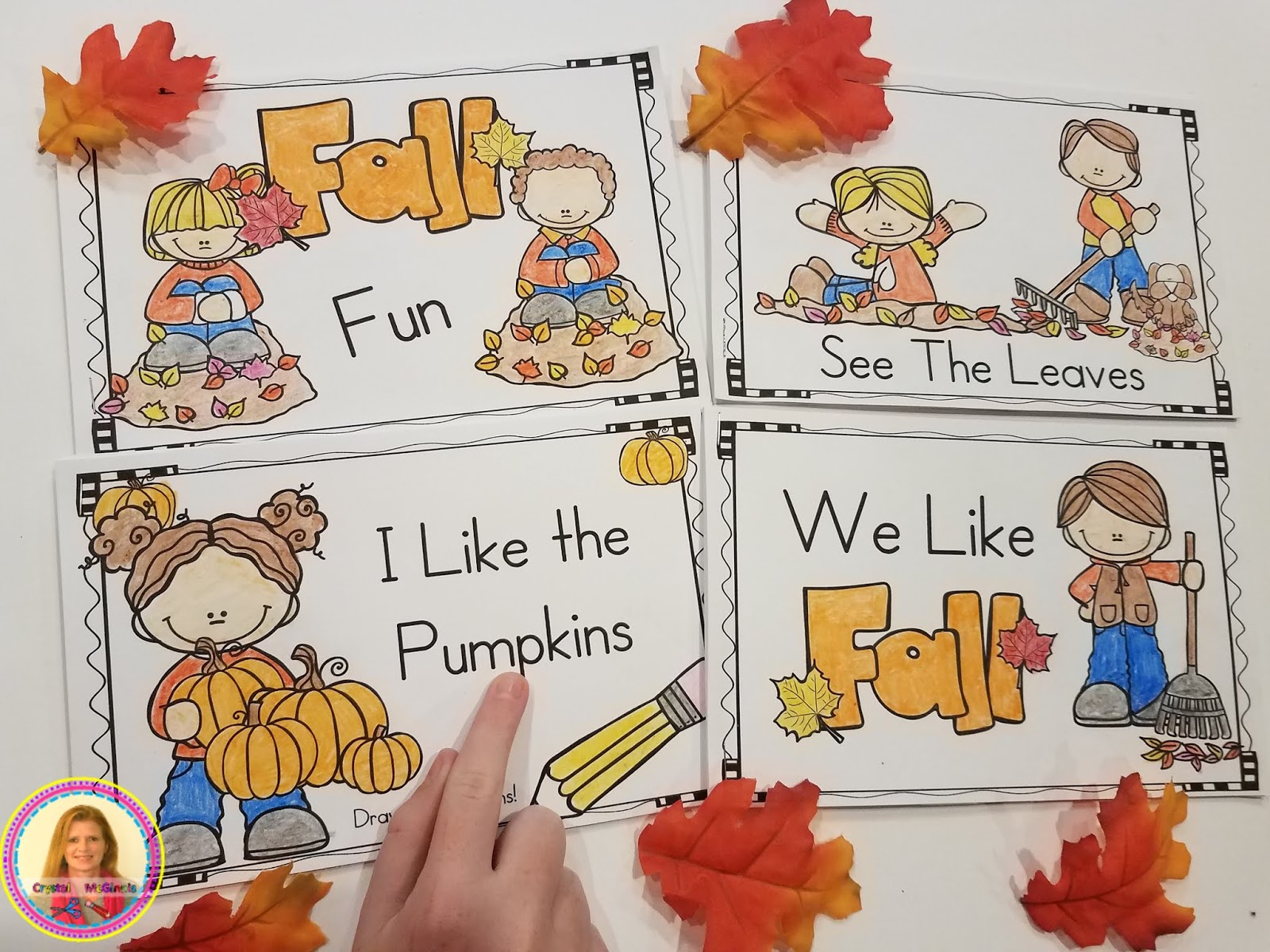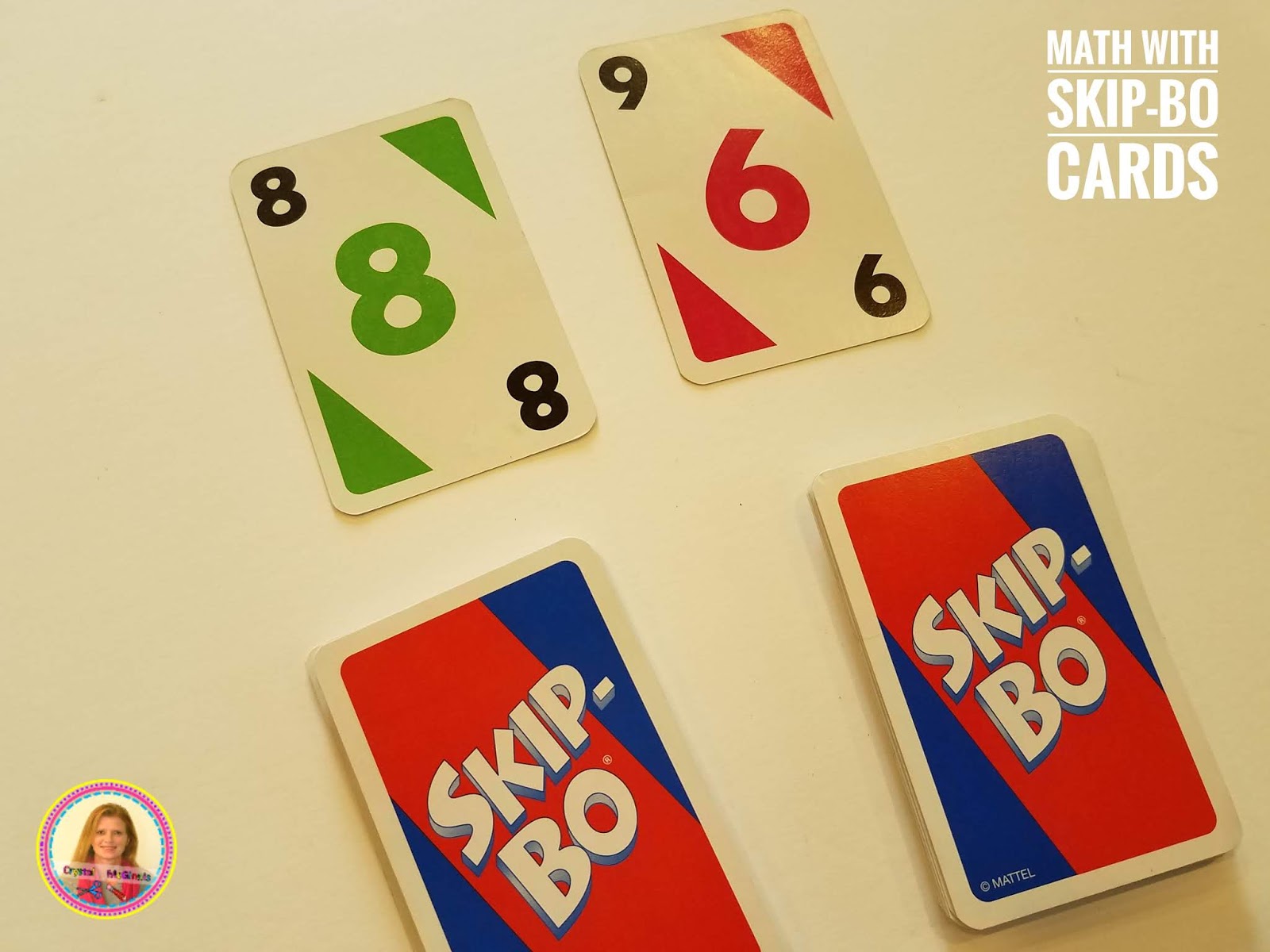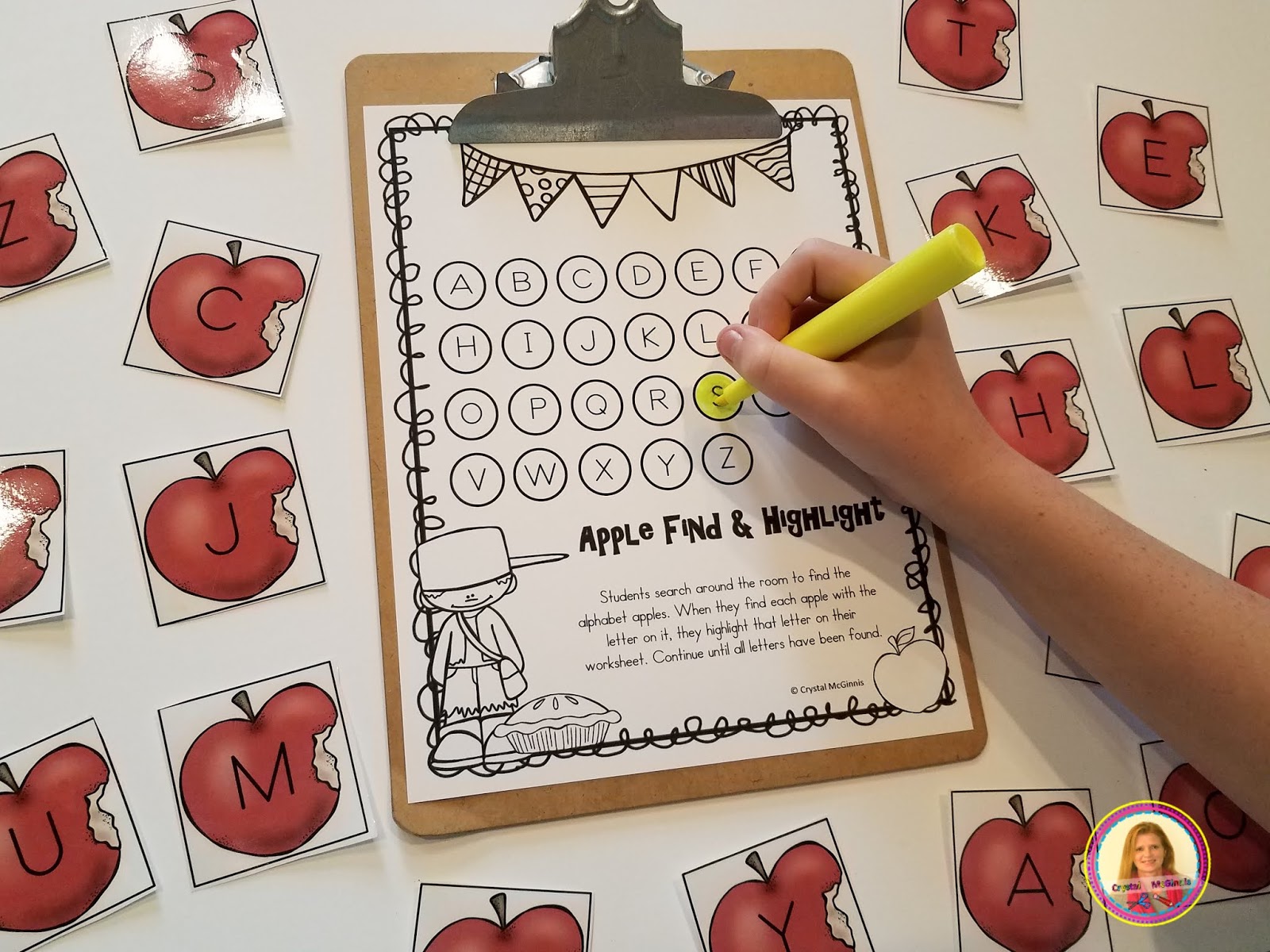Do your kids love using candy during math as much as mine do? Does using candy during math keep your kids engaged while learning? If so, you might like this set of candy corn math activities that I created to use during the month of October when the kids are thinking about pumpkins, Fall, Halloween, and CANDY! All of the activities are standards based, but the kids won't even know that they are learning because they are having fun.
Students practice number recognition and one to one counting by placing the correct number of candy corn pieces on each numbered shape.
Who doesn't love bingo? Students practice number recognition while playing bingo with candy corn. Fun!
Pattern Fun-Students complete patterns using candy corn, and then they create their own.
Addition is always easier with manipulatives. Students practice basic addition problems using candy corn pieces.
This game is called "fill the candy corn." Students roll dice and race to fill their candy corn shape with candy corn candy.
Roll & Uncover-Students cover all of their numbers with candy corn. Students then roll dice, count the dots, and take the piece of candy that is on the number they rolled. The first person with no candy left is the winner!
Kindergarten students are expected to be able to compare numbers 1-10. Students can use candy corn to do just this. They use the candy corn to count and compare numbers, and then they place a candy corn piece (bigger side pointing towards the bigger number) on their printable. Simple!
Can you create shapes with candy corn? I bet your kids can. Your students can build shapes (that you call out) using their candy corn. They will love this!
Making 5-Students use five candy corn pieces to "make 5" in a variety of ways.




























































